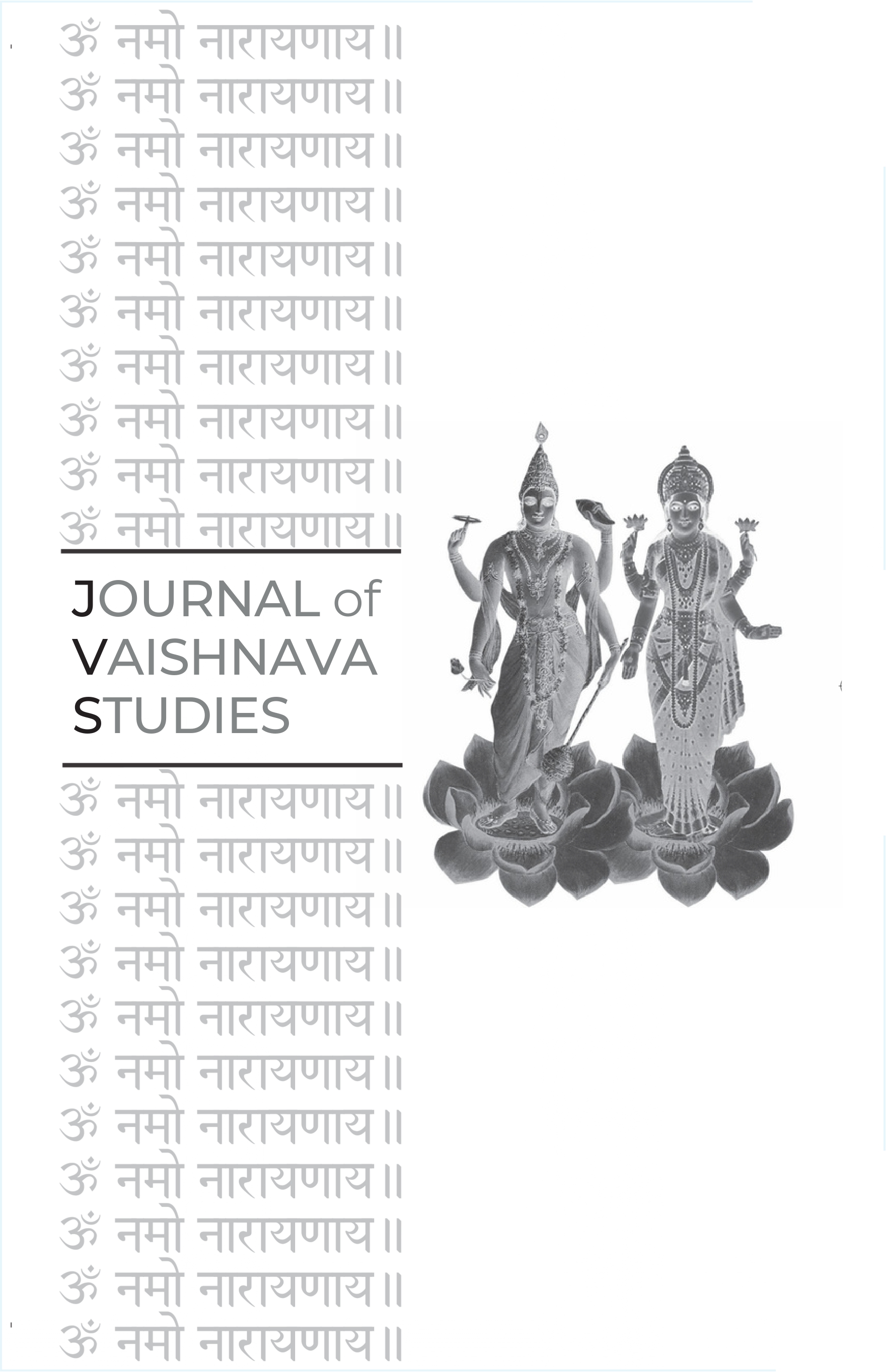Sannyāsa in Modern Caitanya Vaiṣṇavism: Three Pioneers and Their Unique Monastic Careers, 1895–1918
Keywords:
Sannyasa, Caitanya Vaishnavism, Monasticism, Swami Abhayananda, Premananda Bharati, Bhaktisiddhanta Saraswati, Swami Vivekananda, Hindu reform, Invented traditions, Gauḍīya MaṭhaAbstract
The article "Sannyāsa in Modern Caitanya Vaiṣṇavism: Three Pioneers and Their Unique Monastic Careers, 1895-1918" by Abhishek Ghosh explores the evolution of sannyāsa (monasticism) within Caitanya Vaiṣṇavism during a pivotal period from 1895 to 1918, a tradition where formal monastic orders were historically absent after Caitanya Mahaprabhu himself. The article introduces three pioneers who challenged existing conventions of renunciation: Swami Abhayananda (Mary Louise), a French-American woman who initially received Advaitin monastic initiation from Swami Vivekananda but later embraced Caitanya Vaiṣṇavism; Sri Surendranath Banerji (Premananda Bharati), a journalist and emissary of bhakti to the West; and Sri Bimala Prasad Datta (Bhaktisiddhanta Saraswati), who systematically established a formal monastic order within Caitanya Vaiṣṇavism through the Gauḍīya Maṭha. Ghosh categorizes their unique approaches to sannyāsa as incidental, inspired, and institutional, respectively. The article further engages with the concept of "invented traditions" in the context of Hindu monasticism, arguing that these innovations, while appearing novel, draw from a deep historical and philosophical lineage within Hinduism, adapting to the intellectual and sociological challenges of the colonial era and a globalizing world. It suggests that these pioneers, influenced directly or indirectly by Swami Vivekananda, were crucial in redefining and legitimizing formal monastic roles within modern Caitanya Vaiṣṇavism.Published
2020-12-13
Issue
Section
Articles





